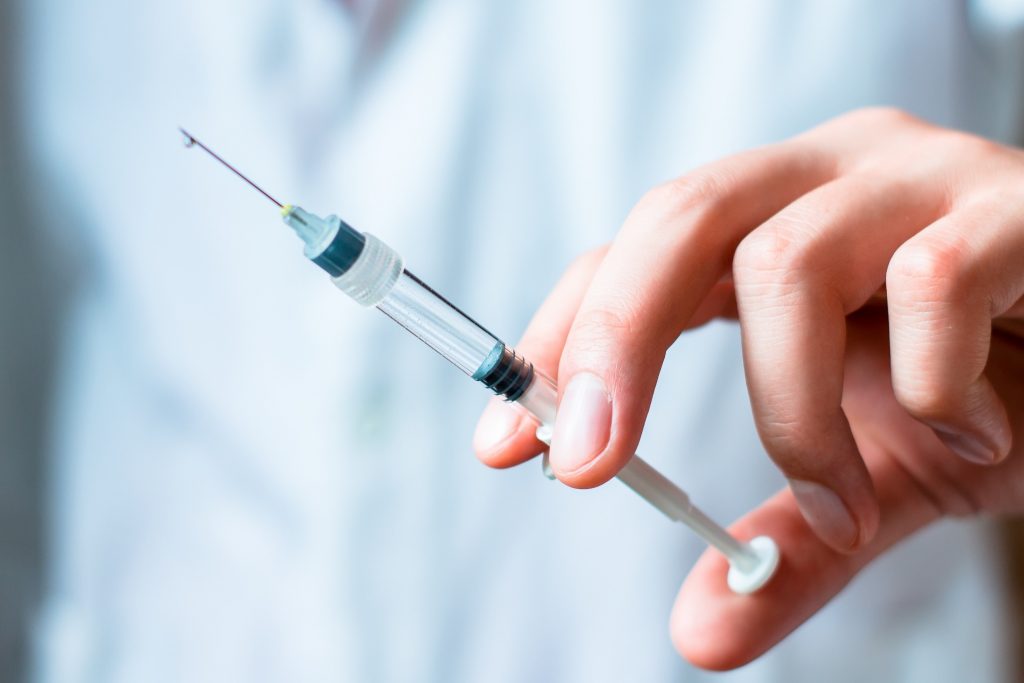The World Health Organisation (WHO) has declared that rubella is officially eliminated from Australia as of the end of October 2018.
Federal Health Minister Greg Hunt said that the elimination of the disease was a significant accomplishment for the Australian Public Health Sector.
“It sends a powerful message that vaccinations work,” Mr Hunt said.
According to the National Immunisation Program (NIP), 94.62% of Australian five-year-olds are vaccinated. The NIP offers free rubella vaccinations for children aged 12 months and another booster at 18 months.
Mr Hunt said that vaccinations are an essential part of creating a healthy society, as they save and protect lives.
“Australia has high-performing surveillance systems to rapidly detect and respond to rubella cases and [the] confirmation this disease has been eliminated is testimony to the success of our NIP,” he said.
Despite the elimination being announced, the RACGP claimed it’s important to know that elimination does not mean eradication, as for the disease is still prevelant in other countries aorund the world.
“Not all countries have introduced rubella vaccination. As of December 2016, just 152 of 194 countries had introduced vaccination. Even in some countries with vaccination programs, coverage is so low that large outbreaks are still occurring. In Japan, more than 1100 cases have been reported this year.”
About Rubella
Rubella, also widely known as the German measles, is a highly contagious viral disease with symptoms that include: eye redness, red rashes, runny nose, headache or enlarged neck lymph nodes.
These symptoms typically affect children however, infection in pregnancy can lead to serious issues for unborn infants.
If a mother gets infected during their first trimester, there is an 80 per cent chance of a miscarriage or a birth defect known as congenital rubella syndrome. Infants born with the syndrome can experience heart defects, intellectual disabilities, cataracts, deafness and blindness.
This discovery led to the first rubella vaccine in the 1960’s, which created the possibility of eliminated the disease.
Between 2012 and 2017, there were only four cases of congenital rubella syndrome documented, which is a major difference from the thousands reported before the vaccine was created.





